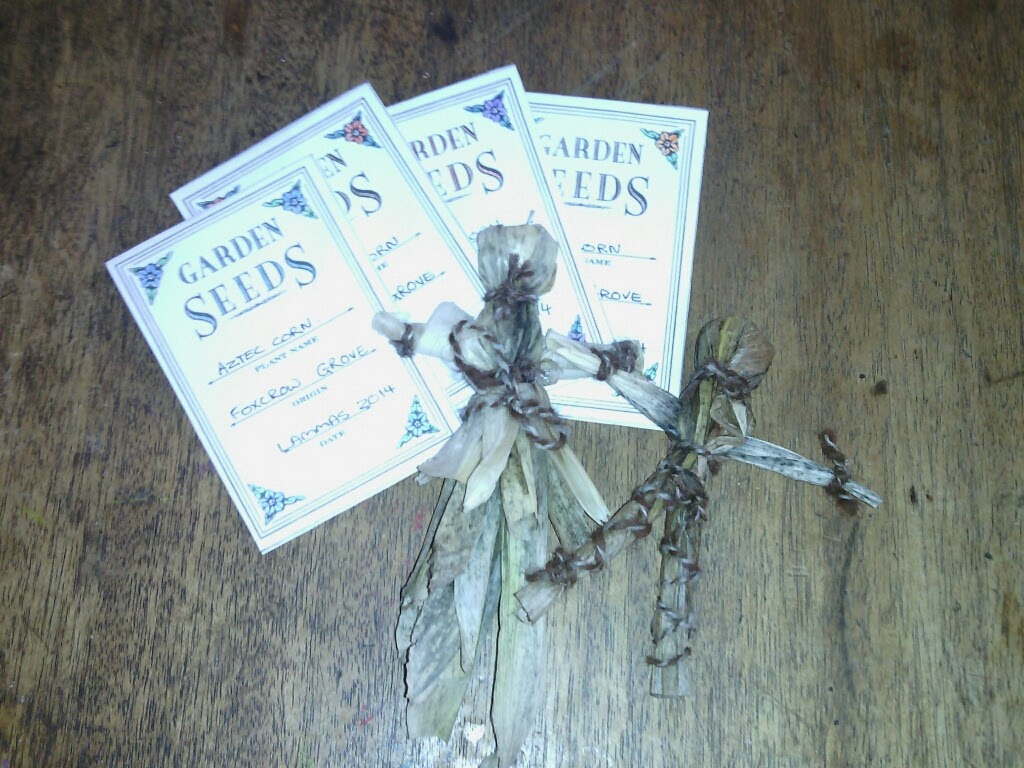A few days ago a friend of mine gave me a little bag of hair from her Meremma dog to try on my spinning wheel (Thanks Lynn). Today I tried it out.
Using dog hair to make yarn is not a new fashion; ancient people made good use of the hair shed by pets and working dogs to make yarn for knitting and weaving cloth.
Amerind history
European history
This little bag of hair was a joy to work with, easy to comb, easy to spin and so soft.
 |
| This one tiny bag of hair made many meters of yarn. |
 |
| The hair out of it's bag. It is so soft I could fondle it all day. |
 |
| I spread it on the comb |
 |
| After several combings (from one carder to the other), the roving is ready to go. |
 |
| When you take the hair off the comb it becomes a fluffy batt. |
 |
| The batt is then rolled into a roving ready for spinning. |
 |
| It spins a smooth, strong yarn. |
 |
| The resulting yarn (or single ply) looks like mohair but is much softer. |
Glossary
reel; the piece of the wheel which stores the finished spinning.
single; a single strand of spun fibre. Several singles are combined to make a yarn.
ply; twisting/spinning several singles together to make a yarn. Two ply is made with two singles, three ply is three singles and so on.











































